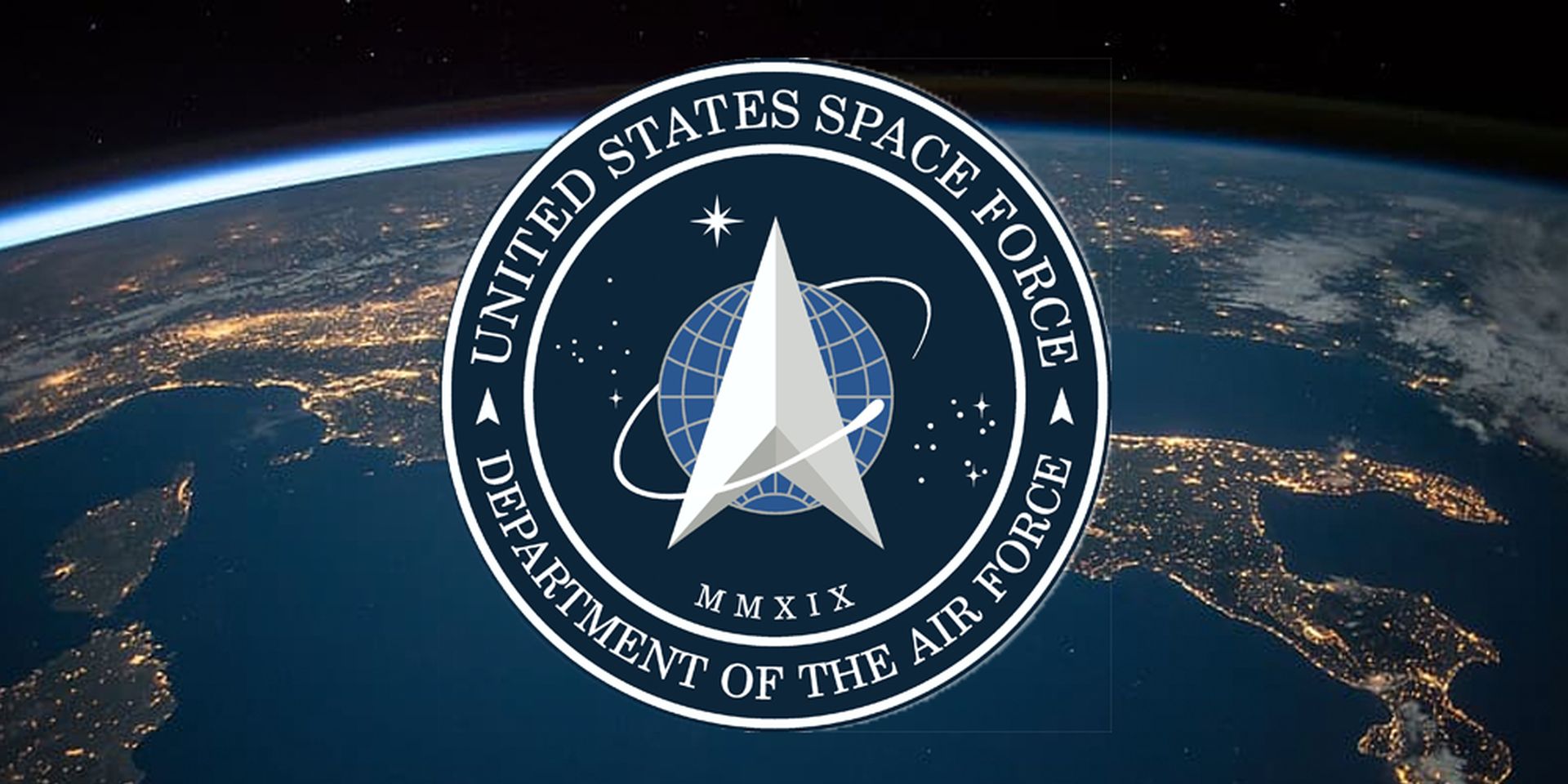Overview
Standing up Space Force is organized chronologically by presidential administration, beginning in the middle of the Clinton years and progressing through the Trump administration. During the Clinton and George W. Bush years, the move to national security space was incremental. The Obama presidency witnessed the rise of NewSpace entrepreneurs whose impressive space activities facilitated their initial partnering with U.S. government National Security Space (NSS) missions helping the United States keep pace with China and Russia.
During the Trump administration, all necessary elements finally came together – most significantly, presidential-congressional leadership and bipartisan support – to eventually produce the fiscal 2020 national defense authorization act (NDAA). Because the NDAA authorized and provided for the Space Force, when the President signed the defense bill on 20 December 2019, at the same moment he officially established the nation’s sixth armed service.

Dr. Forrest Marion
Forrest L. Marion graduated from the Virginia Military Institute in civil engineering and earned a master’s degree in military history from the University of Alabama and a doctorate in U.S. history from the University of Tennessee. He is a retired U.S. Air Force Reserve officer and served as staff/oral historian (federal civil service) at the Air Force Historical Research Agency from 1998 to 2023, including three overseas deployments (two in military status) and two stateside deployments. Marion is the author of three military history works. From 2011 to 2015, he worked primarily for the Office of the Secretary of Defense Historical Office on a coauthored history of the reserve components.

